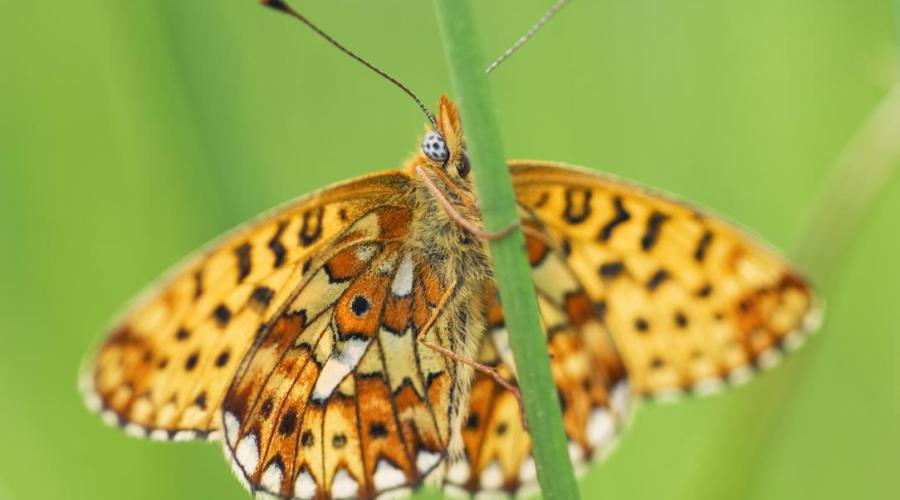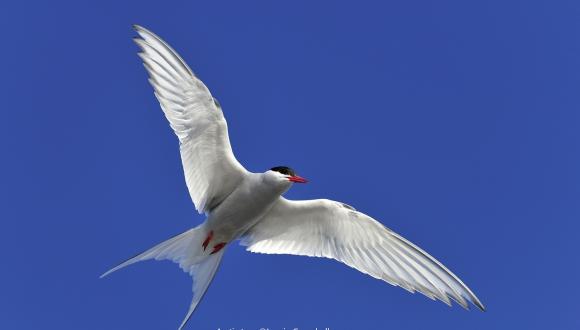
An Official Statistics Publication for Scotland
31 May 2023
NatureScot has today released the latest figures tracking the proportion of Scottish natural features in favourable or recovering condition.
The main findings show that, as of 31st March 2023, 76.4% of Scotland’s natural features on protected nature sites are either in, or recovering towards, a favourable condition. This figure represents a 5.0 percentage point increase since the baseline in 2005. There is a 1.4 percentage point* decrease since last year.
*A difference of less than +/-1 percentage point from last year's figure suggests that the position is more likely to be maintaining than showing any change.
The report draws on annual monitoring carried out by NatureScot of the condition of the 5,591 natural features across Scotland. As of 31st March 2023, 5,365 natural features were assessed, divided into three categories: habitats such as grasslands, woodlands and uplands (75.1% in favourable condition), species such as the evidence of sea birds breeding, presence of freshwater pearl mussels and number of vascular plant populations (72.2% in favourable condition) and earth sciences such as geographical outcrops and landforms, fossil beds and caves (95.6% in favourable condition).
Deterioration in the proportion of sites in favourable condition is the result of:
- Repeated assessments for 20 features,
- 14 of which were previously favourable but were now found to be unfavourable, and
- 6 which were under management actions, but that management action is no longer thought to be sufficient to bring the feature into favourable condition. This can be due to new pressures being indentified, for example.
- 69 features where management actions have come to an end and the default is to return the condition of these features to unfavourable until a new assessment can be undertaken.
- 10 features that were assessed for the first time and found to be in unfavourable condition.
This is in contrast to 10 features with a repeat assessment which resulted in an improved condition and 55 features that were assessed for the first time and found to be in a favourable condition.
Other findings of note from the report include:
- No habitat category had an improvement in the proportion in favourable condition. There was no change for marine habitats. Wetlands had the largest decrease (-4.3 percentage points).
- Half of the species feature categories had no change in the proportion of features in favourable condition. Birds, invertebrates and terrestrial mammals all increased by less than 0.5 percentage points. Non-vascular plants decreased by 1.4 percentage points and vascular plants decreased by 3.1 percentage points.
- The natural feature types with the highest proportion in favourable condition were dragonflies (100%), marine habitats (96.1%) and Earth science (95.6%).
- The natural feature types with the lowest proportion in favourable condition remain marine mammals (58.6%), woodlands (59.4%) and birds (67.1%).
Invasive species are the main reason for natural features being in unfavourable condition, representing 21.1% of all negative pressures, which is stable from last year. This category includes both native species such as bracken or nettles, and non-native species such as rhododendron or Japanese knotweed. The removal of these species has to be undertaken to promote recovery to favourable condition.
There are 427 natural features with no on-site remedy which is similar to last year. These are features where the pressure is beyond the boundary of the feature itself or nearby and so to bring these natural features into favourable condition is beyond local management.
Download the full statistical publication.




